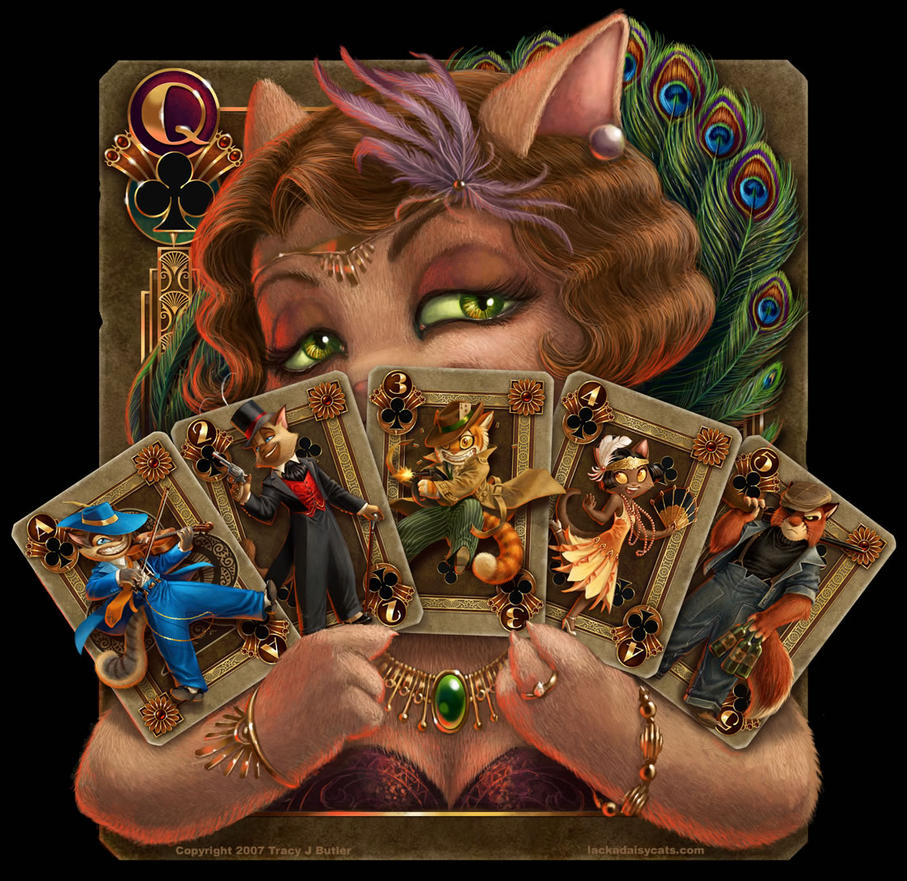
The attitudes to make up and women wearing make up made a dramatic switch in and around the 1920’s, before that, it was not really socially “proper” for young girls to wear make up. If make up was worn at all it was muted in colour and generally hidden away.
However the roaring 20’s saw a massive change in the entire make up industry, not only were harmful chemicals such as mercury, lead and sulphur removed from most products, but colours began to explode onto the scene.
Eyes: 1920’s
The eye make up of the 1920’s was dark and dramatic, the eyelids were covered with a dark eyeshadow such as grey or green, this was applied liberally and heavily.
Kohl was then a mixture of soot, lead and goose fat and was applied all around the eye and smudged outwards.
Mascara was also applied, but in the 20’s it came in a block form, it had to be heated up and applied with a stick or wand. In fact the mascara in tubes that we know and love today was not invented until the 1950’s.
False eyelashes were also popular in the 20’s, they were applied and then styled with mascara.
Eyes: Modern Day
Thankfully make up is a lot safer and much more practical now, no lead or goose fat for us!
To achieve a 1920’s look, first start by applying foundation over your eyelids, this gives a nice even base for your eyeshadow. Apply a grey shadow all over your eyelid and blend slightly upwards into the crease.
Draw a line in pencil eyeliner along your top and bottom lashes, make it nice and thick, don’t worry about keeping a neat line.
Smudge it outwards all around your eye, for a wider eyed, more dramatic effect, make sure you smudge the line out further at the bottom and top outer corners of your eye.
Apply mascara liberally to your top and bottom lashes, if you are using false lashes; apply them to your top lashes only.
Face Powder: 1920’s
Prior to the 1920’s face powder had been very pale and pasty, but with the changes in social attitudes it was now more socially acceptable to be outdoors. Colours were now much more natural than the previous muted ivories and pale whites that were available. It is alleged that when Coco Channel fell asleep in the sun, tanning became incredibly fashionable.
Face Powder: Modern day.
Apply powder in a natural colour that best matches your skin tone, use a large round brush or a sponge.
Blusher/rouge: 1920’s.
Blusher was known as rouge in the 20’s and came in many forms, powders, creams, liquids and even papers were used to add colour to the cheeks.
Powder form eventually became the most popular, it was applied to the face with a brush but not blended so a visible circle was left giving a doll like appearance.
By the middle of the 1920’s orange was the most popular colour of rouge.
Blusher/rouge: Modern day.
It’s very difficult to get orange blusher anymore, thankfully! But you can get bronzers that still have a hint of orange in them, apply only to the apples of the cheeks in a circle.
If you don’t like the idea of having orange cheeks, stick with darker colours such as rose.
Lips: 1920’s.
Lips were an incredibly important part of the make up of the 1920’s and the key to the look.
Many women would line their lips in liquid rouge to give a more dramatic effect and so that they could re draw the shape.
Red lipstick was really the only colour that was available, it came in a few different shades and was applied to the upper lip and taken slightly above the natural lip line, the same was done with the bottom lip.
In the early 20’s the lips were not coloured right into the corners of the mouth, instead the colour stopped quite dramatically.
In the later 20’s lips were coloured right into the corners of the mouth and the colour on the top lip was taken above the lip line either side of the cupids bow and the middle was left uncoloured, giving the look that the lip was kind of split in half.
Lips: Modern day.
Line your lips in a colour that is close to the lipstick, not your lip colour. Apply lipstick, but don’t apply colour near the corners of your mouth.
Or you can line your lips, taking the colour past your natural lip line, over emphasise the tips of your cupids bow, but leave the middle. Add colour all over the lips and keep to the lines you have drawn.
By 3cardmonte








